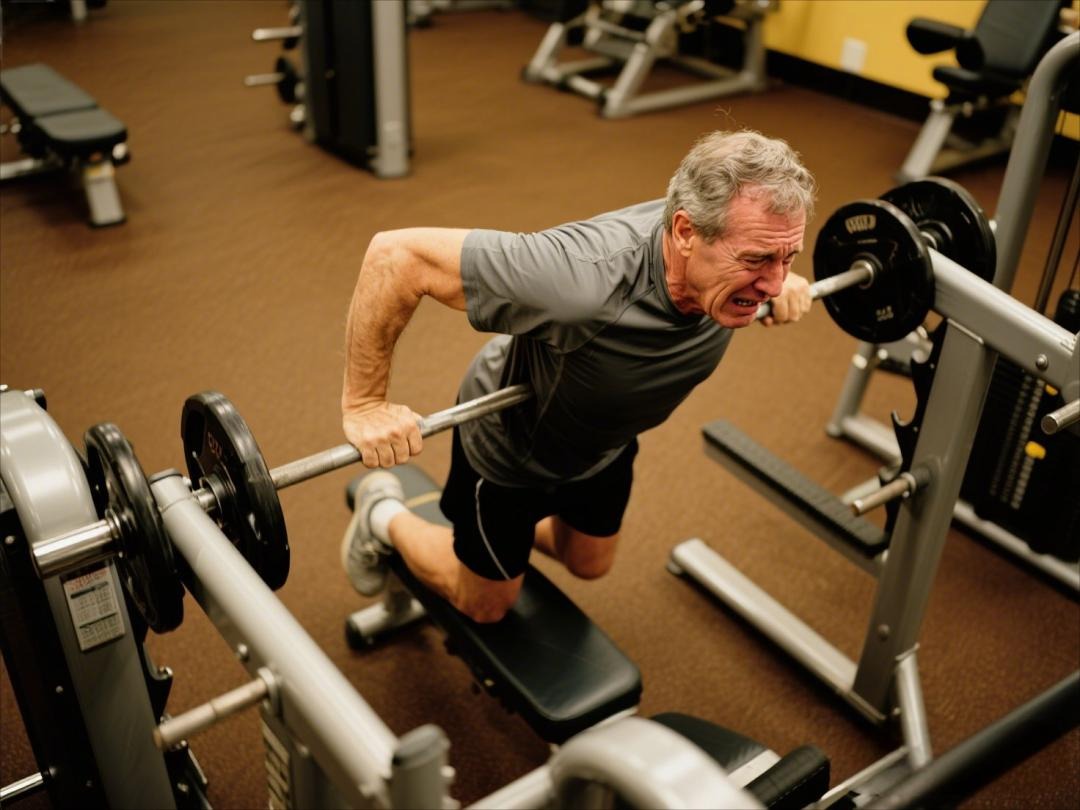Getting back into exercise after a break can feel like trying to start a car that's been sitting in the garage for months—it might sputter, stall, or just refuse to cooperate. But here's the good news: your body remembers more than you think, and with the right approach, you can ease back into a routine without feeling like you're starting from scratch. Whether you took time off because life got busy, an injury sidelined you, or motivation took a vacation, these strategies will help you reignite your fitness journey without the burnout.

One of the biggest mistakes people make when returning to exercise is jumping back in at full intensity. Your brain might be yelling, "Let’s crush it!" but your body? Not so much. Instead of diving into hour-long HIIT sessions or heavy lifting, start with shorter, low-impact workouts. Think 15–20 minutes of walking, yoga, or bodyweight exercises. This isn’t about pushing limits—it’s about reminding your muscles how to move and rebuilding consistency. If you finish a workout feeling like you could’ve done more, that’s perfect. It means you’re setting yourself up for long-term success instead of instant soreness.
Motivation is fickle, but habits stick. If you’re struggling to make exercise a regular thing again, try "stacking" it onto an existing habit. For example, do five minutes of stretching after brushing your teeth in the morning, or take a 10-minute walk right after lunch. These tiny wins add up and create momentum. Over time, you can expand those mini-sessions into longer workouts. The key is to make movement feel like a natural part of your day, not a chore you have to psych yourself up for.
If the thought of hitting the gym makes you groan, remember: exercise doesn’t have to mean treadmills and dumbbells. Dancing in your living room, gardening, playing with your dog, or even taking the stairs instead of the elevator all count. The goal is to get your body moving in ways you enjoy. When you take the pressure off "official" workouts, you’ll find it easier to stay active consistently. And consistency, even in small doses, is what rebuilds fitness over time.
Post-hiatus soreness is normal, but sharp pain or exhaustion isn’t. Pay attention to how your body responds as you ramp up. If something feels off, modify the exercise or take an extra rest day. Pushing through discomfort might feel heroic, but it often leads to setbacks. On the flip side, celebrate the small victories—like nailing a full push-up again or noticing your stamina improve. Progress isn’t always linear, and that’s okay.
Why did you exercise before? Was it for stress relief, energy, or a specific goal? Reconnect with that purpose, or find a new one. Maybe now it’s about feeling stronger for your kids or simply enjoying the mental clarity a workout brings. Write it down and revisit it when motivation dips. Fitness isn’t just about physical transformation—it’s a tool to enhance your life. When you tie exercise to something meaningful, skipping it feels like skipping out on yourself.
Returning to exercise isn’t about punishing yourself for the time off—it’s about meeting yourself where you are and building from there. Be patient, stay flexible, and remember: every step (or squat, or stretch) counts. Before you know it, you’ll be back in the groove, wondering why you ever doubted yourself.
























